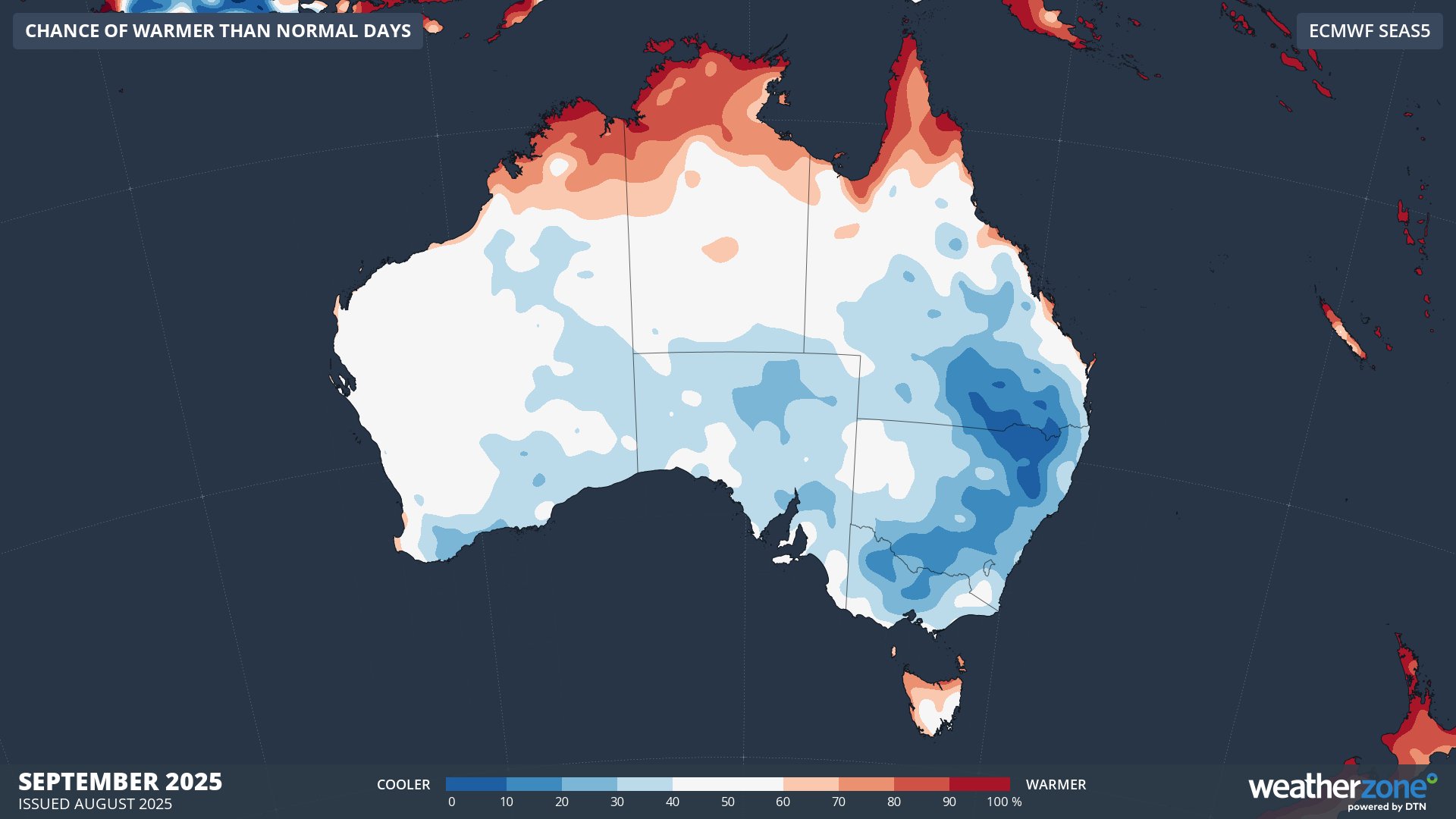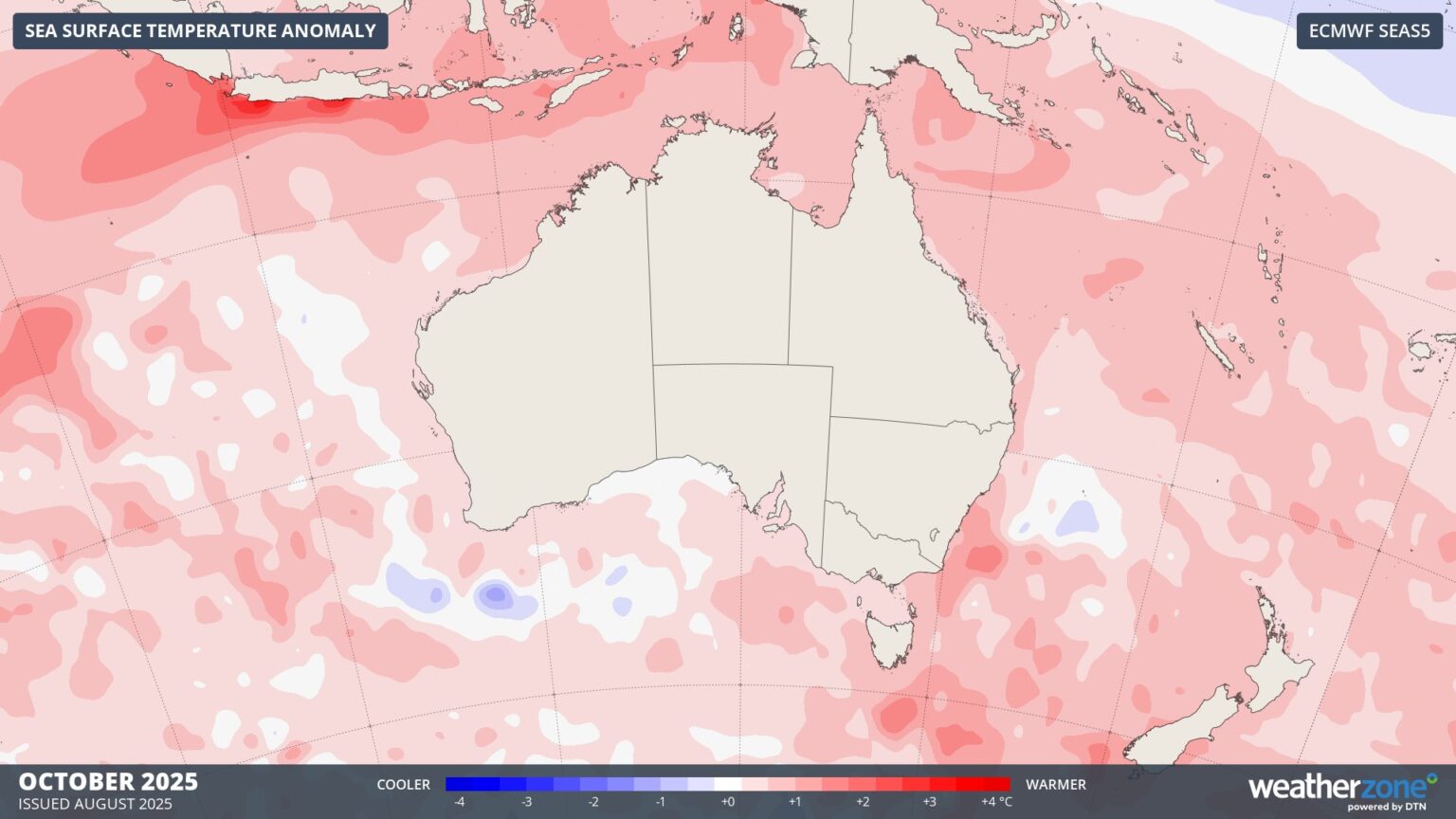Australia is set to experience a wet and stormy spring, with the Bureau of Meteorology (BOM) predicting above-average rainfall for most of the country.
The BOM’s official long-range outlook for the season, released on Thursday, indicates that wetter-than-average conditions are likely to prevail, particularly in the earlier part of the season.
Eastern Australia to Receive Above-Average Rainfall
The strongest chances of above-average rainfall are expected in September and October, with a 60-65% chance of above-average rainfall in November.
Most of Australia, with the exception of Western Australia, is likely to record above-average rainfall from September to November.

Queensland and New South Wales have a double to triple chance of an “unusually” wet spring, particularly during October.
Temperatures to be Warmer than Normal
Spring temperatures are expected to be warmer than normal for large parts of Australia, particularly at night.
Daytime temperatures are also predicted to be warmer than normal for northern Australia, Victoria, and Tasmania.
However, daytime temperatures in New South Wales and Queensland may be cooler than normal due to increased cloudiness.
Increased Risk of Bushfires
Despite the predicted rainfall, the emergency services have warned of an increased risk of bushfires in parts of Victoria and Western Australia.
This is due to long-term rainfall deficiencies that have built up over the last 12-18 months, leading to dry conditions beneath the surface.
Indian Ocean Dipole to Play a Key Role
The development of a negative Indian Ocean Dipole (IOD) is expected to contribute to the wet spring outlook.
The IOD, a major rain-bearing climate driver, is likely to peak in October and will bring moist tropical air over much of eastern Australia.
Ocean temperatures, which are forecast to be warmer than normal, will also act as a source of moisture for rain-bearing systems.

